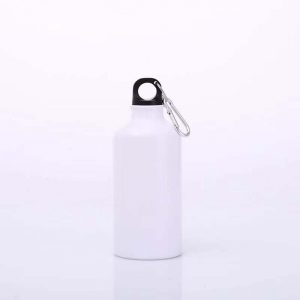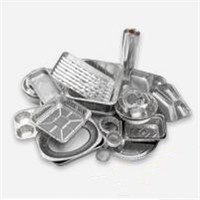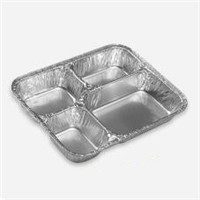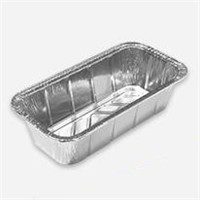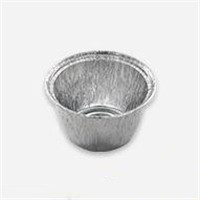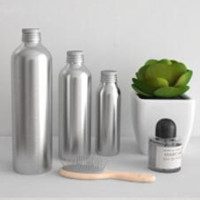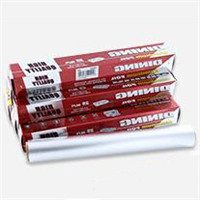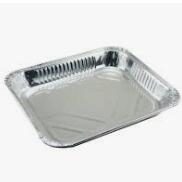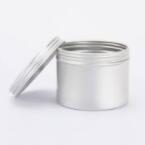The tinplate packaging products on the market look simple in structure. However, the production process is quite complicated. First of all, it is necessary to strictly control the selection of materials and printing. A slight error in one of the links will seriously affect the subsequent work. Below, Mak’s editor will introduce the precautions for the canning process.
1) Printing iron: The tinplate printing process is generally divided into four colors or spot colors. Most custom-made merchants will choose four colors, while those pursuing tin can products will choose spot color printing. Due to the low cost of four-color printing, there will be large color differences and low saturation in all aspects of printing performance. Compared with four-color printing, spot color printing has small color difference and high saturation, but the cost will also increase. Under normal circumstances, it is necessary to choose whether to use spot colors according to the order quantity, usually only 2000 sheets of iron materials can be used for spot colors.
Iron printing process: After selecting tinplate with a predetermined thickness and printing one color-put it in the oven for 40 minutes to bake-print the next color, and so on,-after the color is printed, it must be on the printing layer After finishing with varnish or matt oil, the oil must be baked in an oven for 40 minutes after the oil is passed.
2) Classification of tinplate cans: Generally, there are three-piece cans and stretched cans, as well as inner-rolling and outer-rolling types.
1. Three-piece and inner-rolled iron cans. This kind of iron cans are not suitable for liquids, because there are small seams at the joints, which will cause leakage. Generally speaking, most liquid-packed iron cans are welded cans, and very few are at the joints. Add glue to form a sealed environment.
2. Stretching tins and outer-rolled tins, this kind of tins need to pay attention, the inside and the outside need to be printed with color, and the sides of the can are made into the inner-rolled type.
3. Color matching: When conditions permit, use D65 light box to see the color, and the color matching needs to follow 90%.

